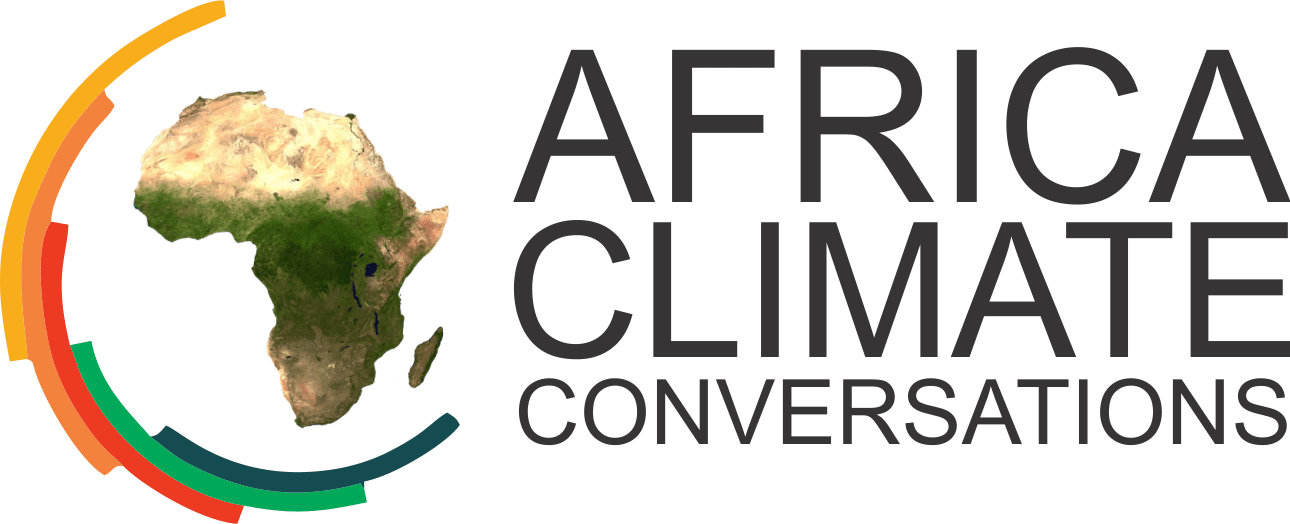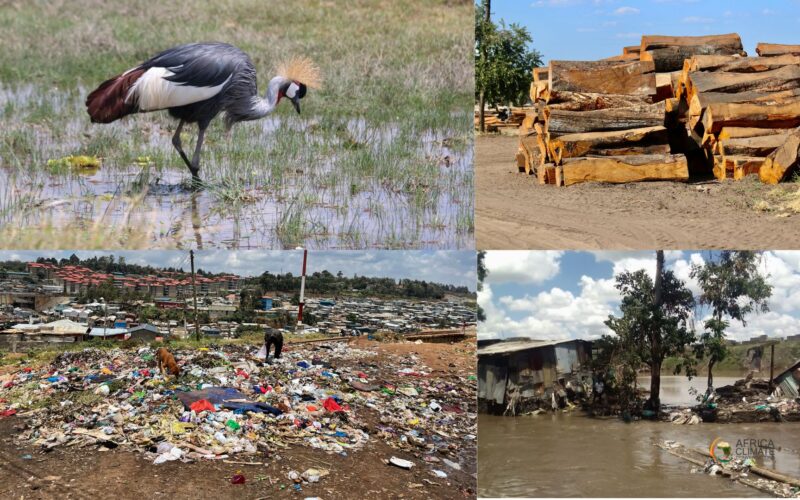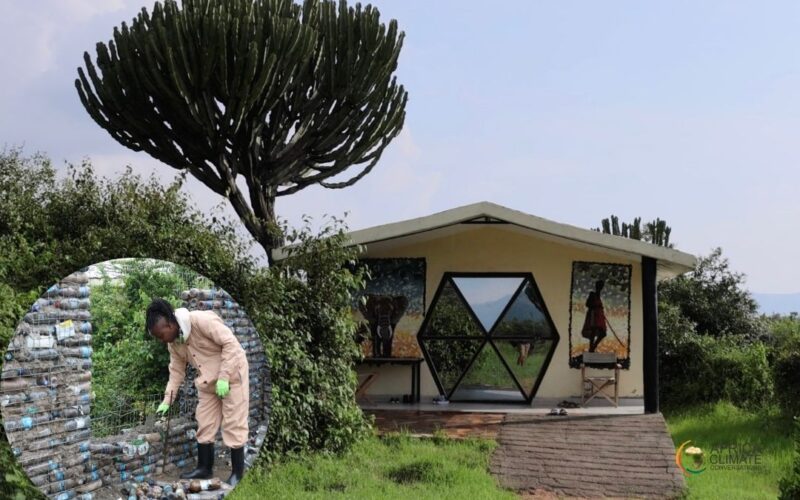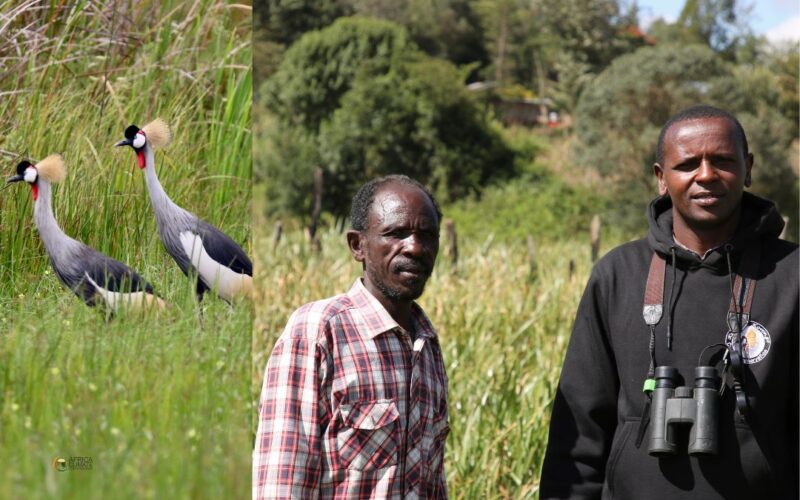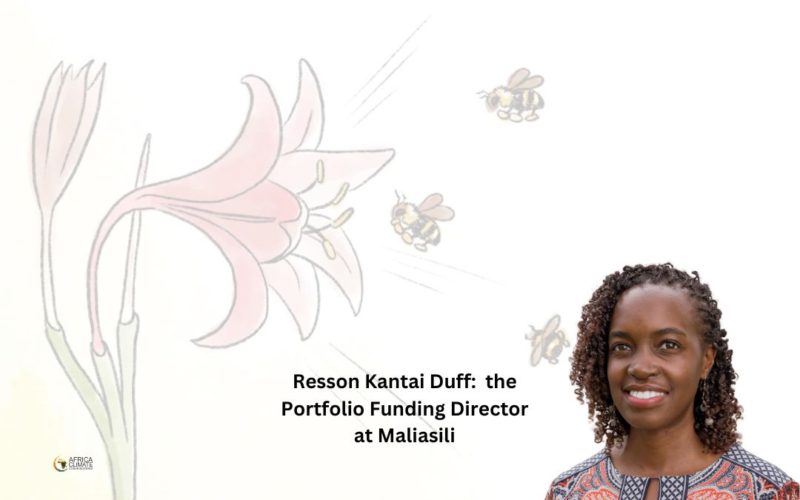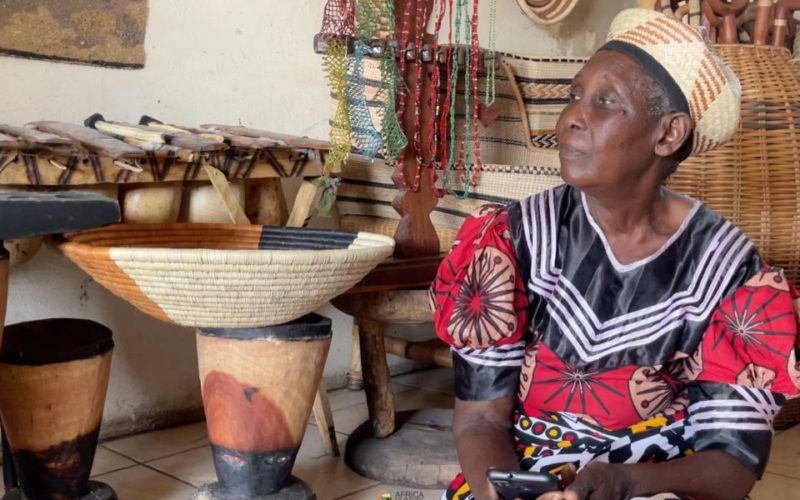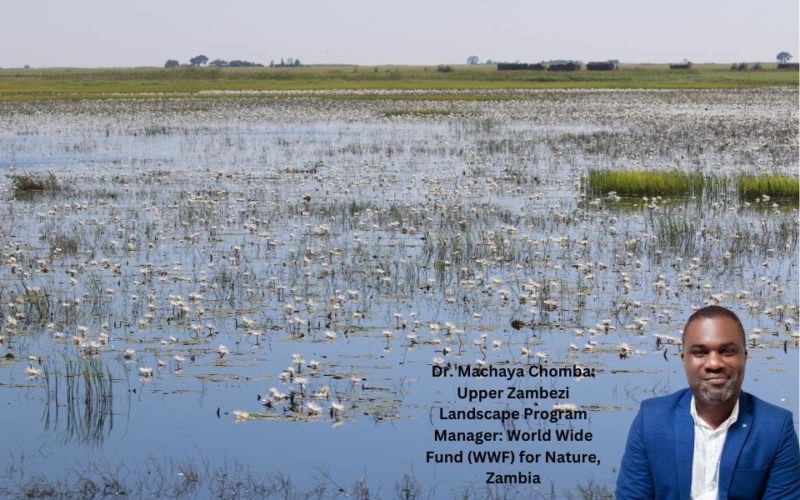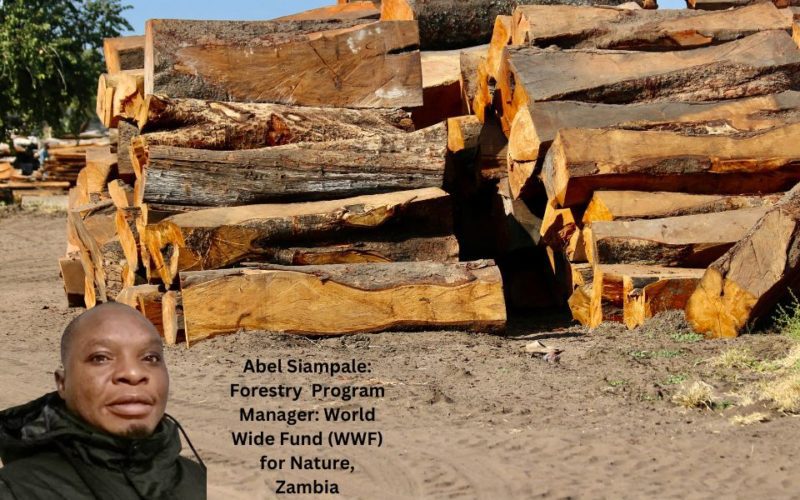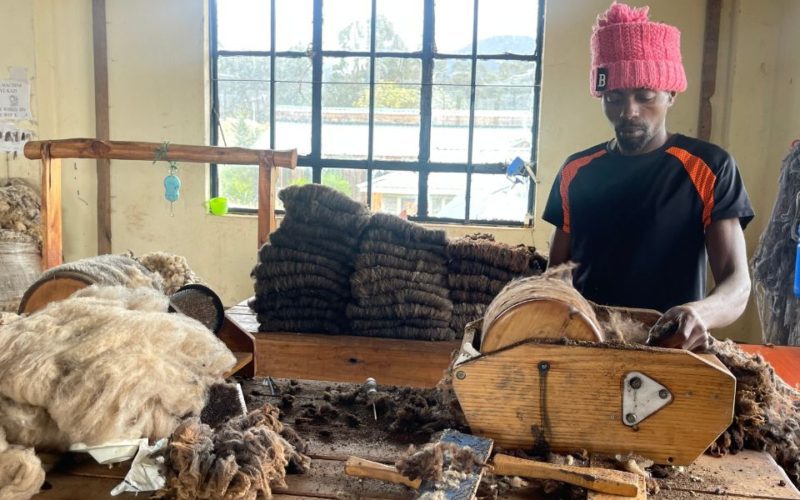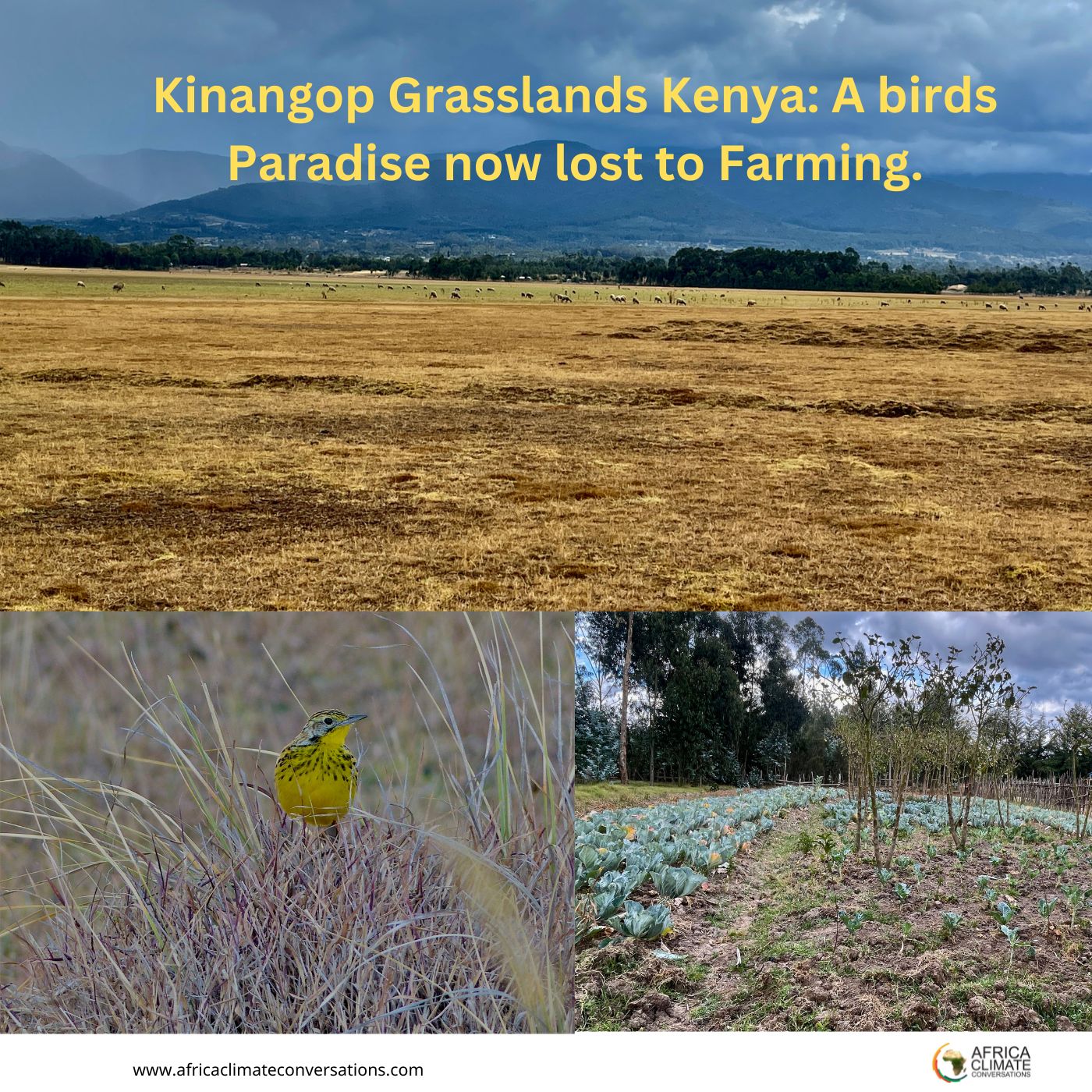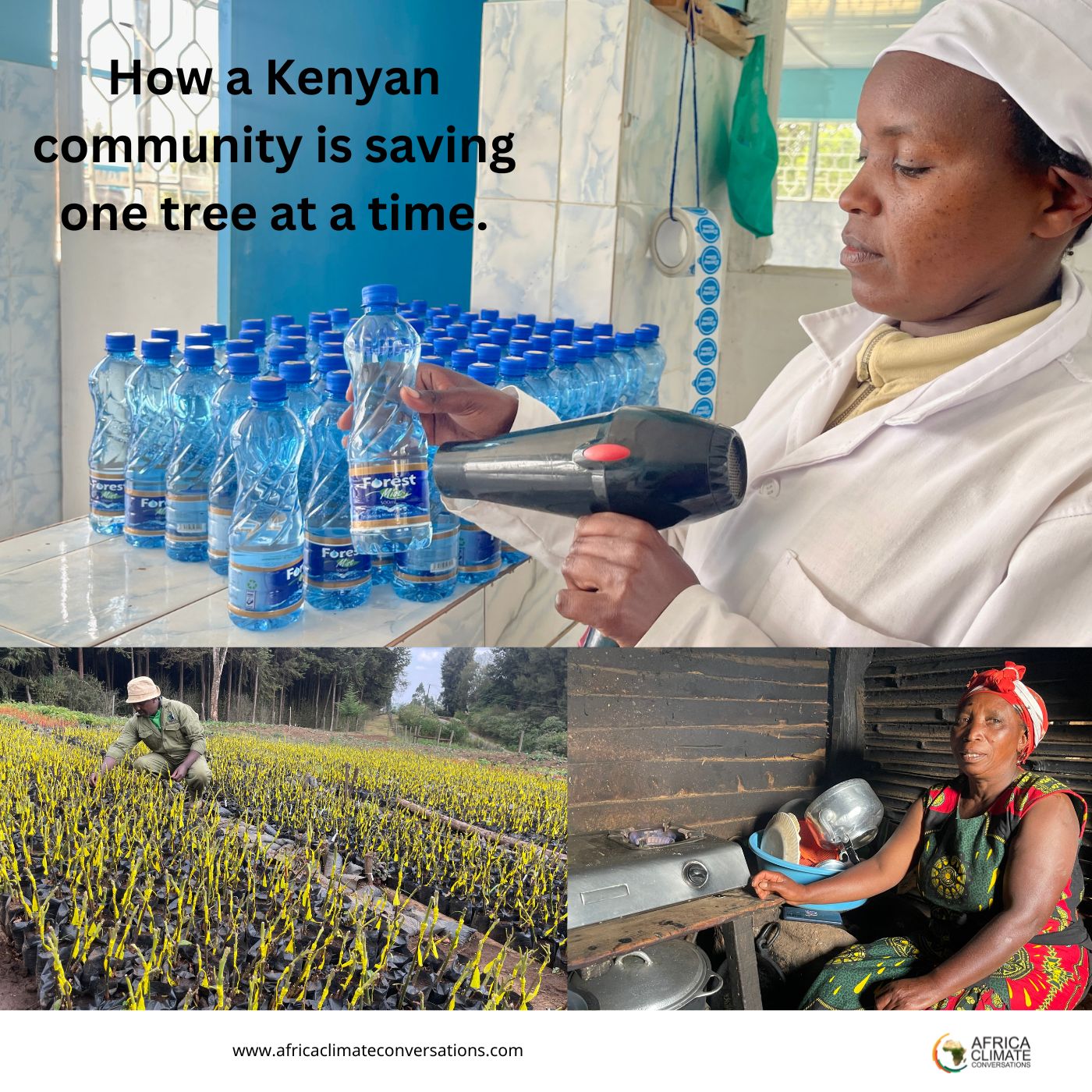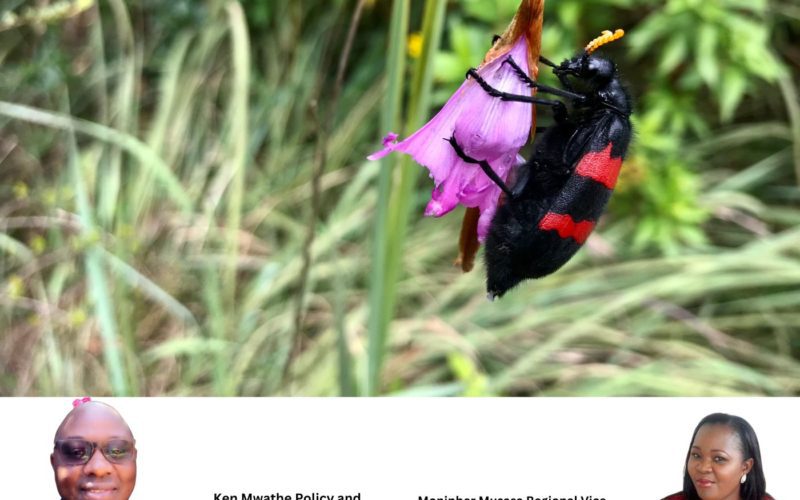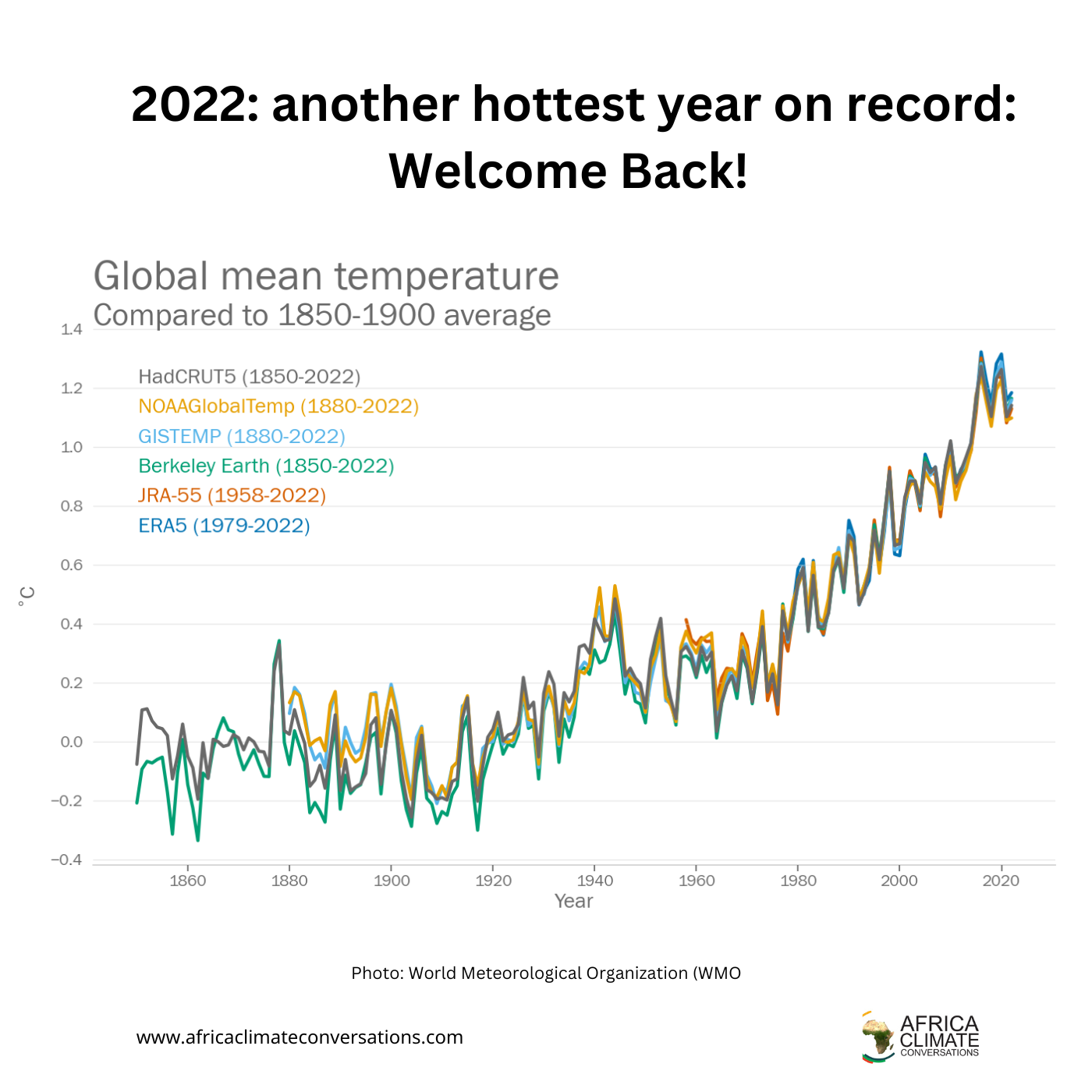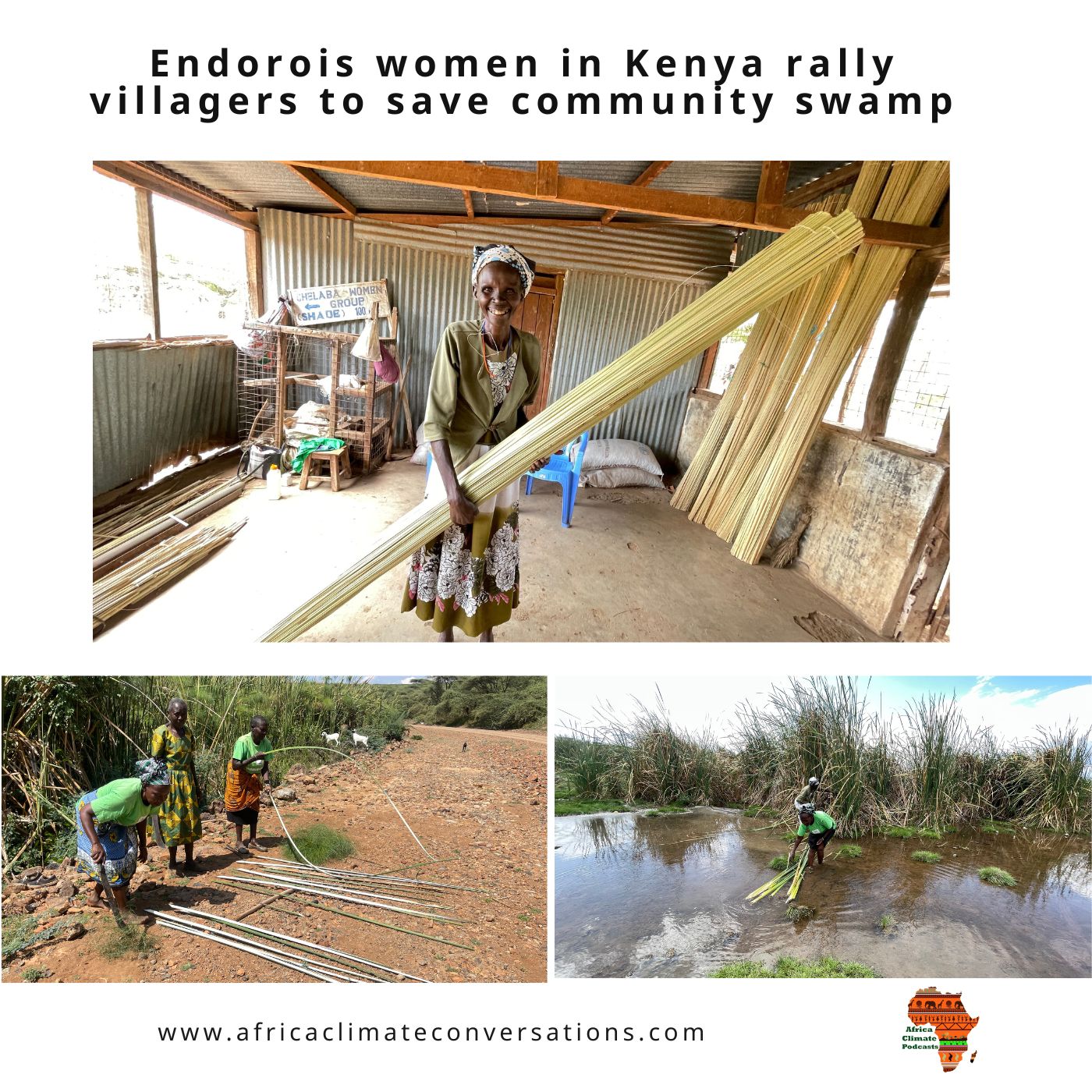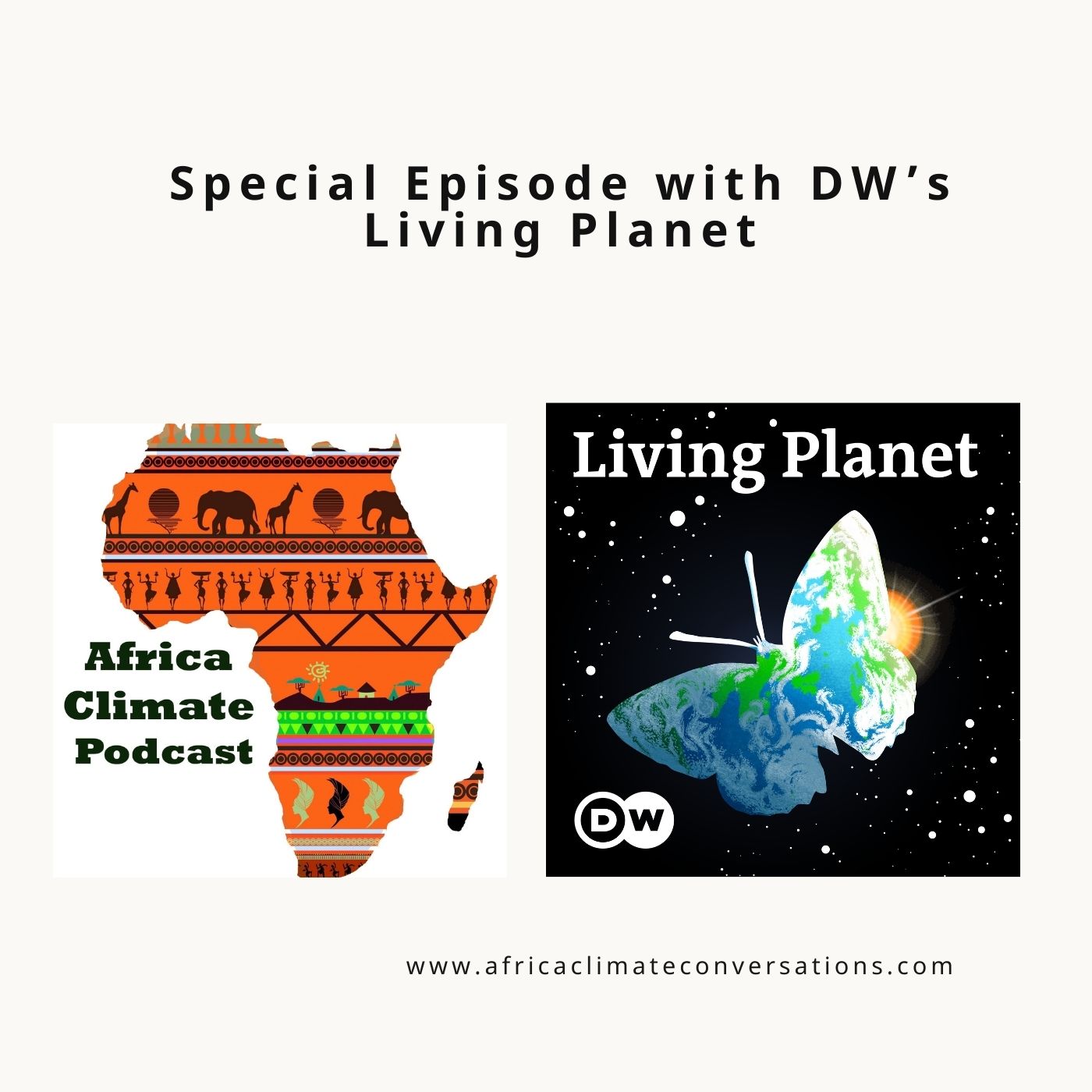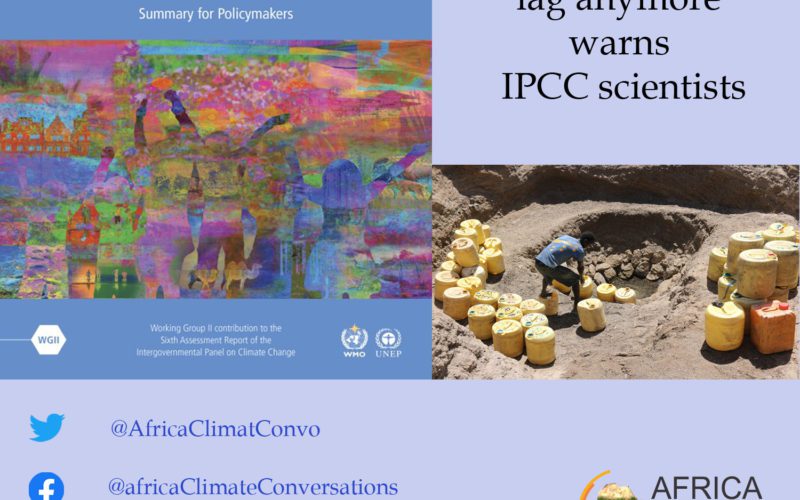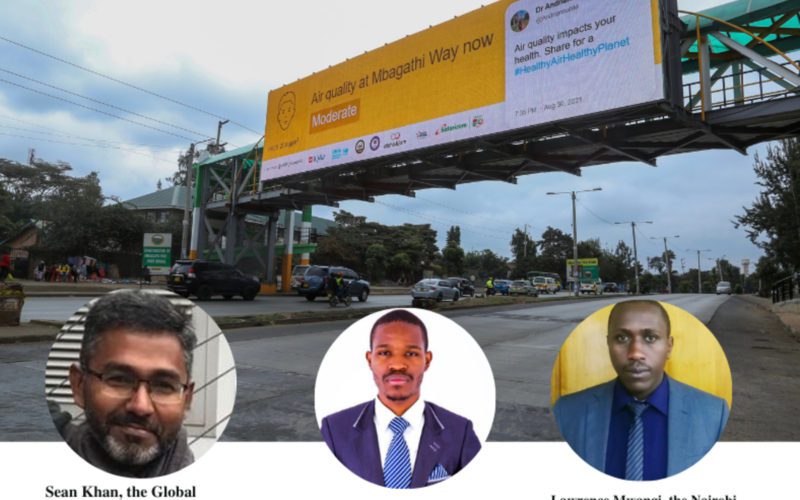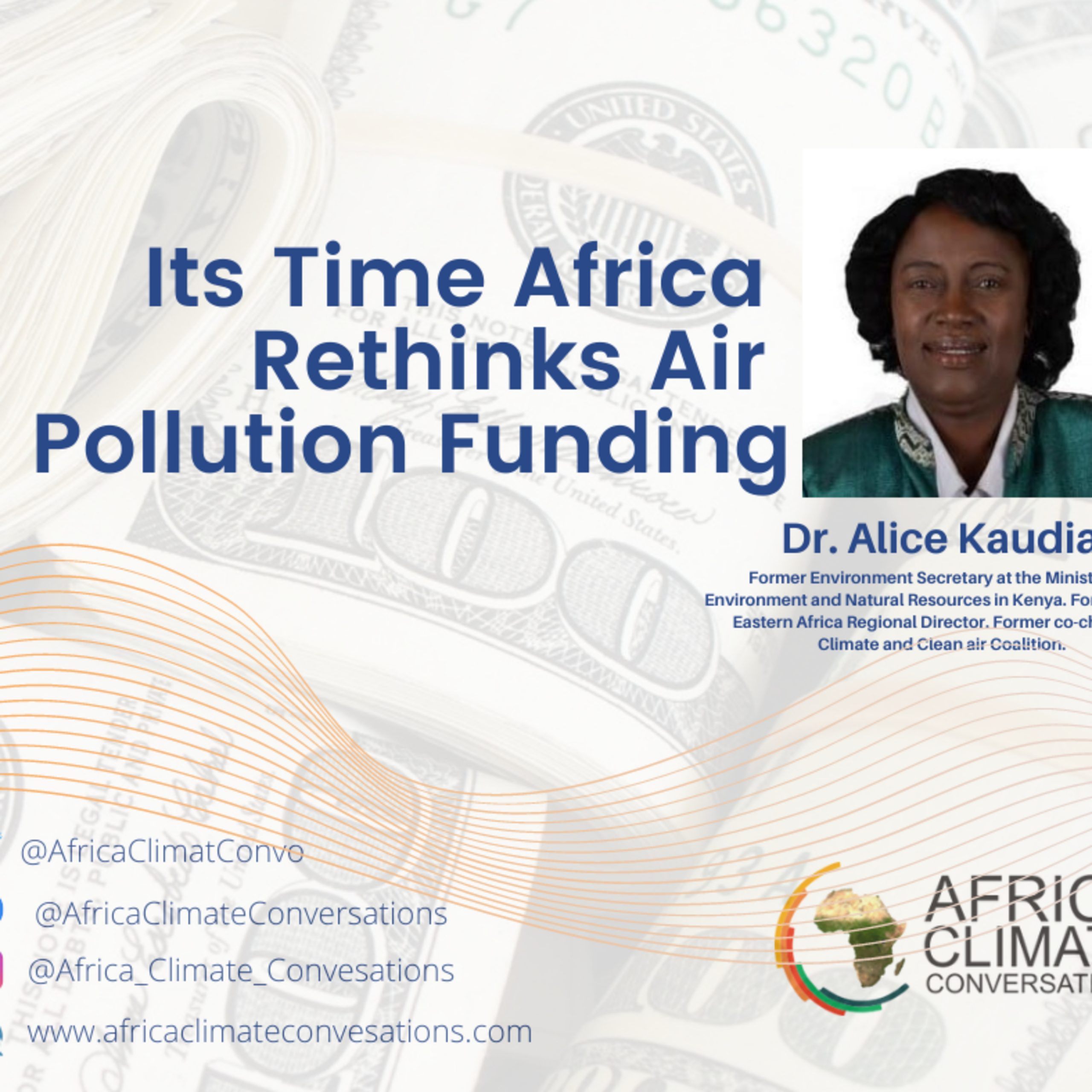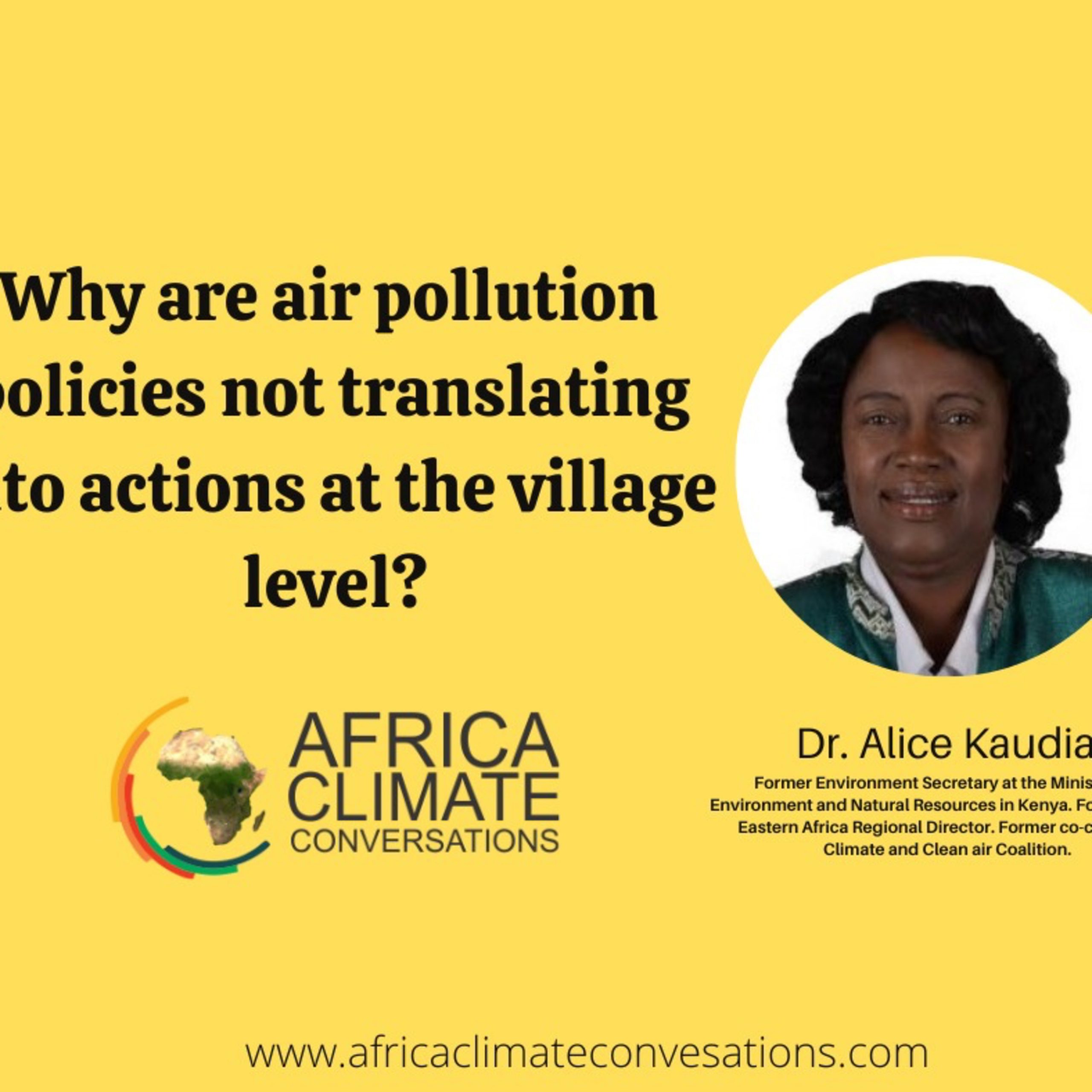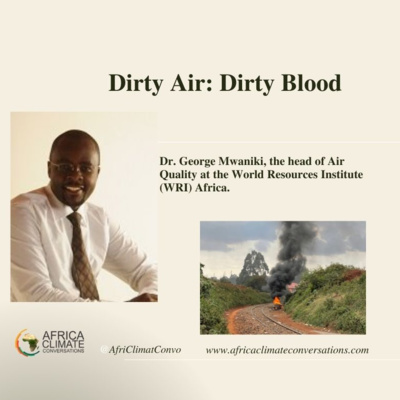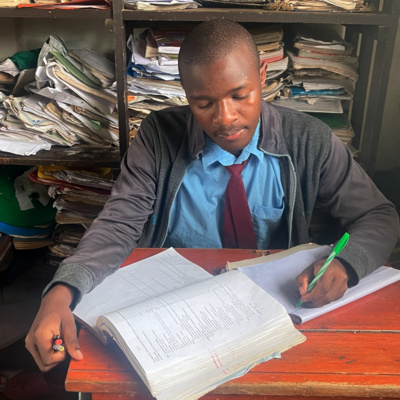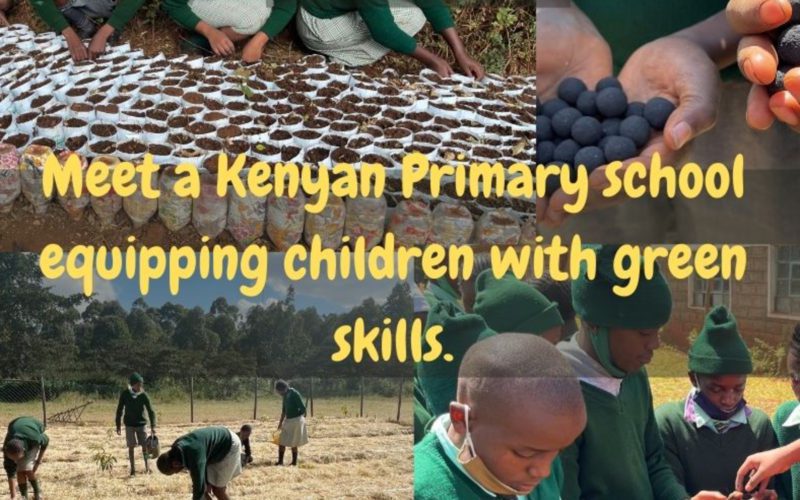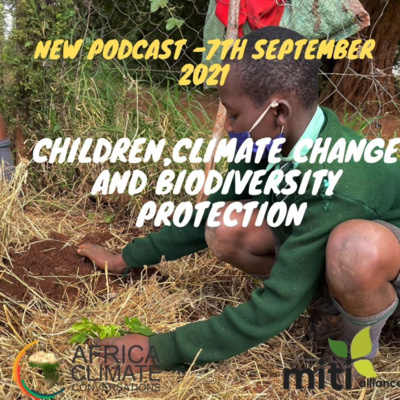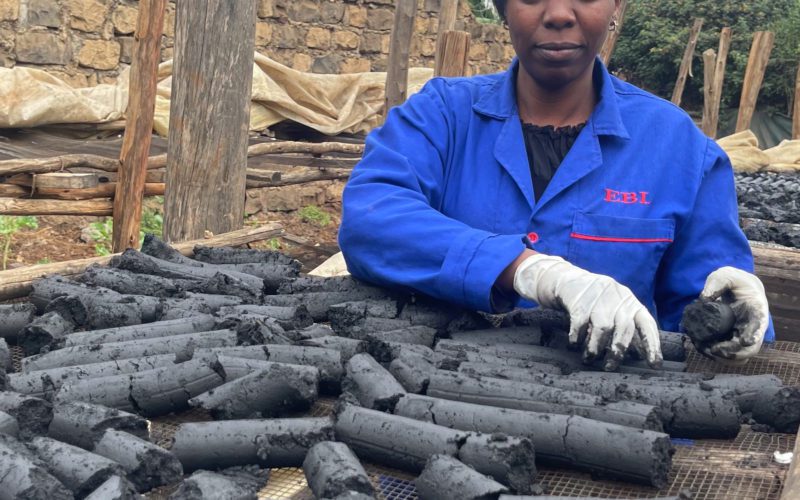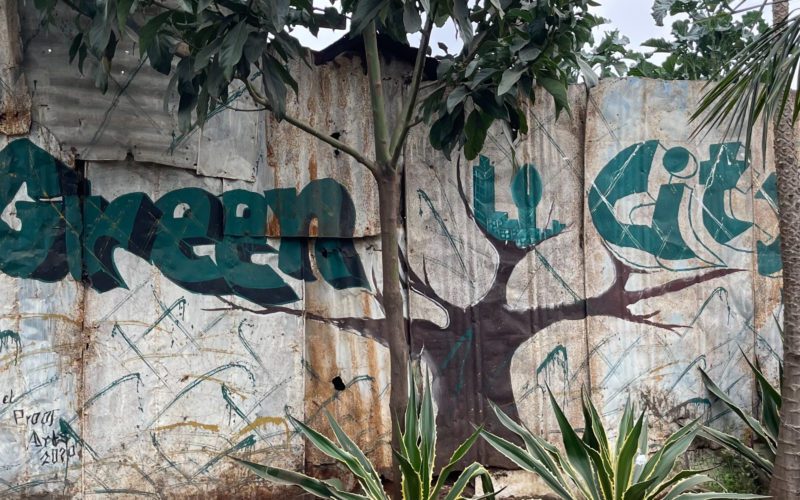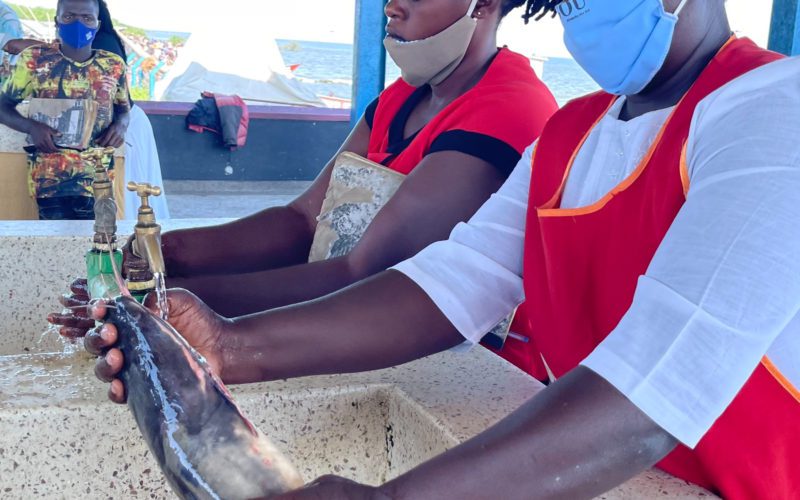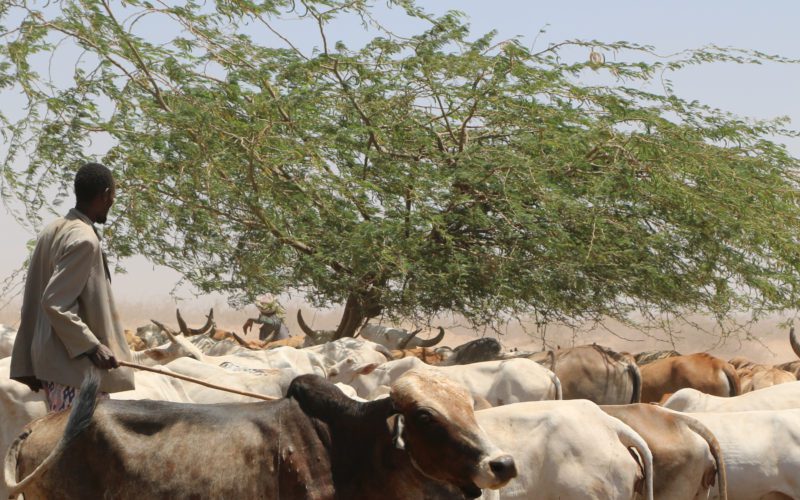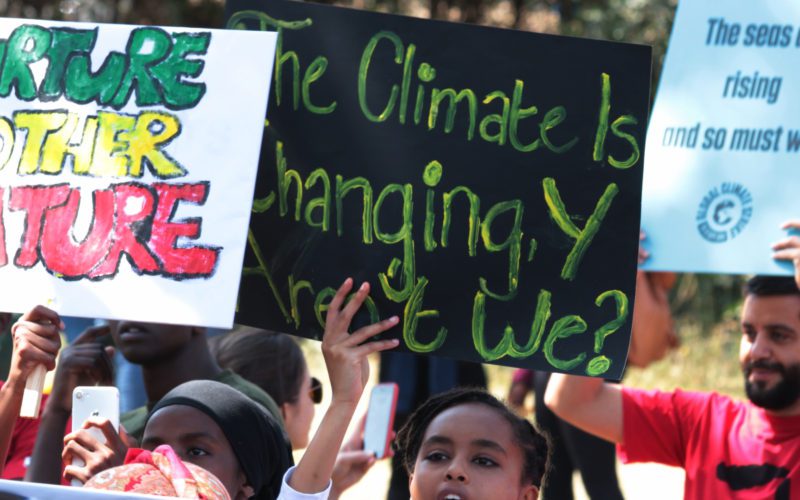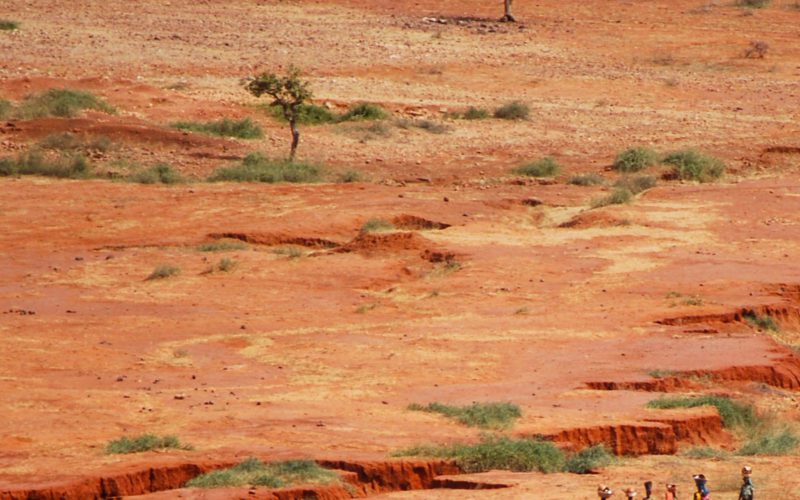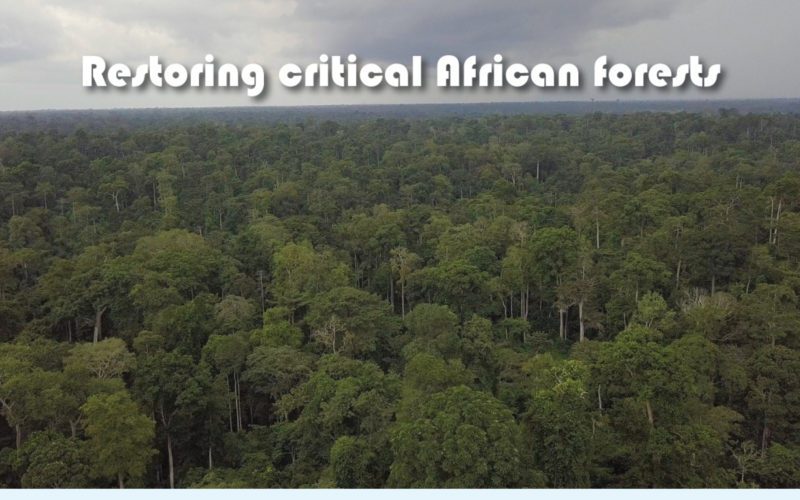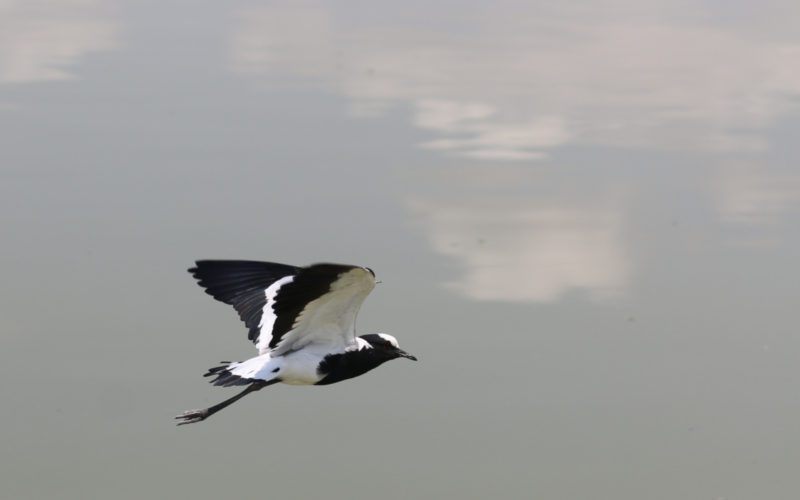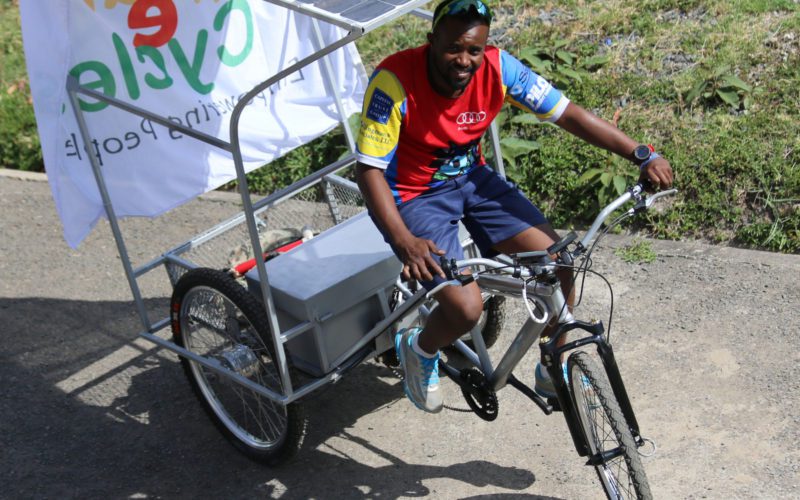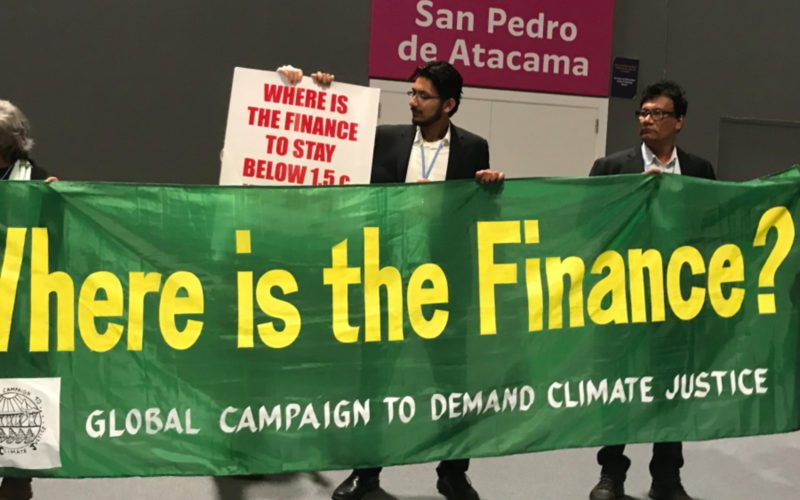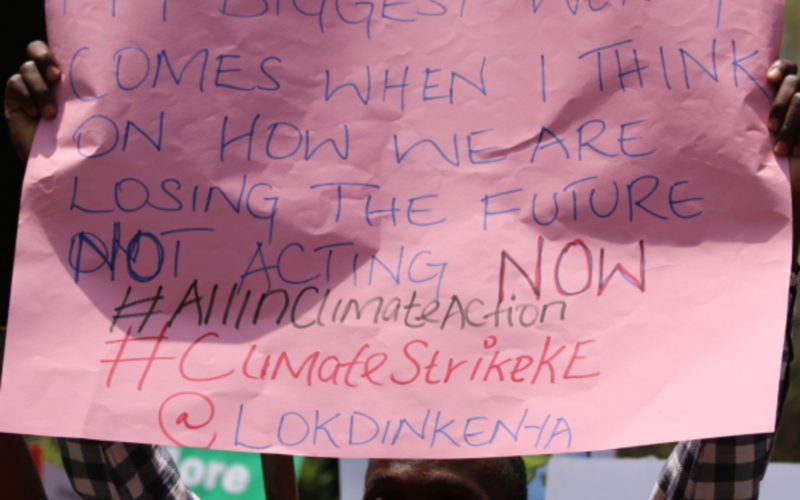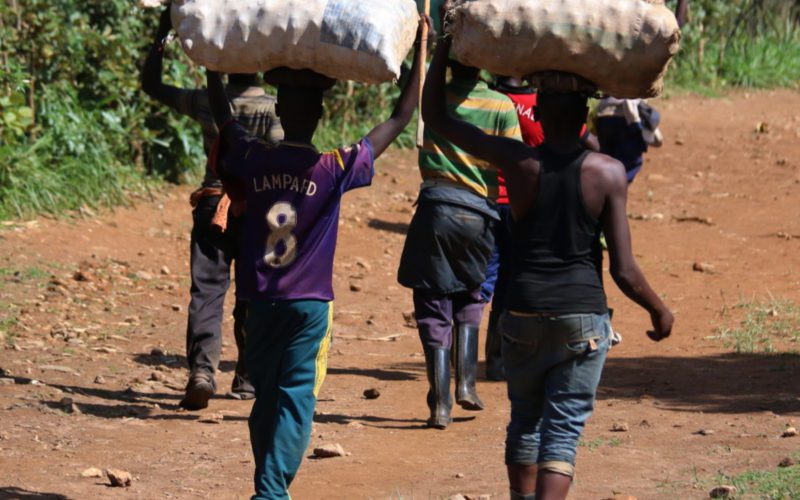Legislative Frameworks: The Key to an Energy Transition Focused on Human Rights
Clear frameworks for community benefit sharing in the mining and renewable energy sectors are essential. However, Manson Gwanyanya, the...
Meet a Kenyan teacher teaching children crucial environmental skills.
Our children are the next generation. We, as humans, pass on our legacy to them, whether good or bad....
How WhatsApp transformed 70-year-old Kenyan woman’s beaded basket sales
This week, I was visiting a town in Makueni County, located in the southeastern part of Kenya. About an...
Human Greed: The Silent Destroyer of Nature’s Fragile Balance.
Humanly speaking everything existing in nature from forests, minerals, oceans, water bodies, and other natural resources are seen as...
Spring water changing lives in Kenya.
Women in Olailamutia, a town in Kenya’s Narok County, have had problems with diarrhoea, stomachaches, and skin rashes for...
Cabins made of plastic helping keep Kenya’s Masai Mara clean.
In today’s episode, we meet Isaac Macharia, a Kenyan social entrepreneur with Marafiki Community International who makes cabins out...
Meet a young Kenyan lady repurposing waste glass at Masai Mara.
Masai Mara Kenya: Glass waste consists of 4 percent of municipal solid waste generated in Africa. In Kenya’s Narok...
Lake Ol’ Bolossat community volunteers saving Kenyan endangered bird.
Lake Ol’ Bolossat is the only lake in the Kenyan highlands, situated in Nyandarua County, about a three and...
71% of African conservation NGOs say global partnerships need reforms.
Not only are local communities and organisations essential for conservation but also for addressing issues of sustainability, poverty reduction,...
How have religion, colonialism, and education affected Barotse Floodplain conservation?
“After colonialism, religion depicted that we “Africans” lived in a satanic manner,” argues Florence Monde Mwauluka the Limulunga la Makuwa...
Barotseland: where women protecting the floodplain has nothing to show financially.
Barotseland Zambia: The Barotse floodplain is a vast land area classified as a Ramsar site, with over 300 bird...
Is there a solution to the persisting water crisis in Zimbabwe?
Zimbabwe: Is there a solution to the persisting water crisis in Zimbabwe? I ask Professor Tamuka Nhiwatiwa, a Senior...
How African spiritualism has helped conserve Zambia’s Barotse floodplain
Mongu, Western Zambia: According to African eco-spiritualism, the human being is a steward, not a master of the earth....
The Barotse floodplain: it’s importance threats and solutions.
Western Zambia: Did you know that the Barotse floodplain, located in Zambia’s western province’s upper Zambezi basin, is home...
Why Zambia’s key water resources face an eminent threat.
Lusaka Zambia: Zambia has a proactive 2015 Forest Act that brings together stakeholders, including local people, to manage and...
Wool spinning means more birds and money in Kenya.
Njambini Kenya: Long before people began farming, many bird species adapted to exist in open environments such as grasslands....
Kinangop Grasslands Kenya: A birds paradise now lost to farming
Njambini Kenya: The Kinangop Plateau is located about an hour and a half’s drive from Nairobi, Kenya’s capital city....
How a Kenyan community is saving one tree at a time.
Limuru Kenya: The Kereita forest in Kenya is a crucial water catchment area and home to the endangered Abbott’s Starling bird as well as threatened tree species such as Prunus africana, which is threatened for its medicinal value. The Kikuyu Escarpment Forest is made up of eight blocks, one of which being Kereita Forest. The escarpment is part of the southern Aberdare or Nyandarua Mountains, an isolated volcanic range that forms the Great Rift Valley’s easternmost border. Kereita Forest covers an area of 4,722 hectares. 80% of the trees here are indigenous, with the remaining 20% being planted. This forest’s rivers and streams flow into the Athi River downstream, making it a major water catchment area.The Athi River is Kenya’s second-longest river. Why is biodiversity important not just for wild creatures but also for human survival? In the 1970s, the local people raided the forest for firewood to stay warm during the cold weather. Deforestation peaked in the early 1990s, according to Mary Wambui, a 60-year-old mother of five who lives approximately two kilometres from Kereita forest. Kenyan officials prohibited access to the forest. However, local women would still sneak into the forest on a daily basis because wood was the sole source of heat for their families. At the same time, a group of young locals dedicated to defend Kereita Forest formed. They began educating the villagers about alternative energy sources such as biogas and fuel-efficient stoves. The group urged them to plant trees on their fields and to experiment with novel farming and culinary ways in order to protect the forest and its resources. How have conservation efforts aided in the preservation of this Kenyan forest?
Biodiversity is not just about Wild animals but humanity’s survival.
Nairobi Kenya: Biodiversity refers to the variety of life on Earth as well as the natural patterns it creates....
2022: another hottest year on record! Welcome Back!
Happy New Year: 2023.Last year the year 2022, the average global temperature was about 1.15 degrees Celsius. 2022 marks...
Endorois women in Kenya rally villagers to save community swamp.
Kenyan minority indigenous community – the Endorois live around Lake Bogoria in Baringo County in Kenya’s Rift valley.In 1970’s...
Special Episode with DW’s Living Planet
Today in a special program swap with DW- Living Planet we here how climate change is impacting women in...
Kenyan middlemen killing research funds flow to researchers.
Professor Paul Kimani, a plant breeder and lecturer at the College of Agriculture and Veterinary Sciences at Kenya’s University...
How Kenyan and Seychelles youths are solving the plastic menace
Kibera- the biggest informal settlement in Kenya and possibly in the African continent. According to UN-Habitat, Kibera has the...
Second-hand clothes(Mitumba) Kenyan gift or a curse?
In 2019, Kenya imported 185,000 tones of second-hand clothing or mitumba – about 8,000 containers. The clothes and shoes...
Kenya’s capital city’s poor planning worsening air quality.
Urban development in Kenya’s Capital city, Nairobi, started when Nairobi was established as a railway headquarters in the late...
Adaptation cannot lag anymore: warns IPCC Scientists.
The IPCC has released the Working Group II report prepared by 270 scientists from 67 countries on the latest...
Nairobi’s billboards live streaming the city’s air pollution.
Tiny particles in the air reduce visibility. Also, cause the air to appear hazy when levels are elevated. Often...
Sectors in Ghana join hands to reduce rising air pollution.
Accra Ghana: Ghana began monitoring air quality in 1996. Over the years, several sectors have collaborated to reduce air...
It is time Africa rethinks air pollution funding.
Africa attracted about five percent of development funding and less than four percent of philanthropy funding to fight air...
Why are air pollution policies not translating into actions at the village level?
Cities in Africa are fast-growing. Sub-Saharan Africa is projected to have 13 megacities by 2100. A 2021 UN Environment...
Dirty Air: Dirty Blood!
Did you know that you breathe about 150 liters of air daily and that the air you breathe goes...
Welcome Back: Lets talk about air pollution in Africa.
Africa’s growth has been accelerating for the last twenty years. Before the Covid-19 outbreak, Africa was on track to...
A Kenyan school taking the extra mile to raise school fees for its needy students.
A recent report on education by the United Nations Educational, Scientific and Cultural Organization (UNESCO) shows that 1 in...
Covid-19 economic impacts, mental health and drug abuse among Kenyan students.
This December, I thought it best to look back into our communities as we approach the holiday season. Today,...
Green Recovery: Why invest in Africa?
Africa representing over 17 percent of the world population, is responsible for less than four percent of global emissions....
Meet a Kenyan Primary school equipping children with green skills.
A 2021 report Climate Crisis Is a Child Rights Crisis by the United Nations Children’s Fund (UNICEF) notes that...
Children, Climate Change, and Biodiversity Protection
This week, we are talking about empowering children to conserve biodiversity and the environment. It is what Miti Alliance...
Can charcoal production be sustainable?
Did you know that a third of Africa’s forests have already been lost, mainly to charcoal production? Yes, that...
Kenyan entrepreneur turned to Greener Charcoal to save her poultry.
Today we are in Kenya’s Nakuru County in a town named Mai Mahiu meaning “hot water” about 60kms drive...
Kenyan youths transforms a top crime landfill hotspot into a green space.
Green spaces are shrinking as cities prioritise development over the environment. However, Korogocho is one of the largest slums...
Meet Kenyan farmer rearing fish and black soldier fly using the smallest available space.
In Kenya, John Mwaura Kiriko, a businessperson from Kikuyu town about 20 kilometres from Nairobi city, is growing fish...
Saving Kenya’s capital city water source, the Ondiri Wetland
In 2016, the Nyongara River flowing out of the Ondiri Wetland in Kikuyu town, Kenya about 20 kilometres from...
Waters of hope awakens the fish business at Uganda’s Lake Edward.
We are at the Rwenshama fish landing site in Uganda at the shores of Lake Edward, one of the...
Eating wild fruits, protecting Niger’s indigenous landscapes.
Zinder Niger: Zinder Faiza Habou, a 17-year-old secondary school student from Zinder, Niger’s second largest city, and her mother...
How to sustainably practise pastoralists in the age of climate change.
In Africa, pastoralists use natural indicators such as migratory birds and certain plant species to migrates. But due to...
Listen to our voices while restoring degraded lands, says African youths.
70 percent of GLF Africa participants were aged between 18 to 35 making up 3000 of the 7000 registered...
Restoring African drylands: What’s next?
Today Salina Abraham, the Global Landscape Forum strategic adviser joins me as we investigate what was achieved last week...
Why is GLF Africa 2021 critical to African drylands now?
The Global Landscape Forum Africa 2021 kicks off tomorrow, the 2nd June, for two days. The digital conference dubbed...
Ambitious African Forest restoration: What is the progress?
Every year, research by the World Resources Institute WRI indicates that Africa losses nearly 3 million hectares of forests....
Local people critical in restoration of African drylands.
African drylands are home to more than half a billion people who live and work in the drylands. “We...
Restoring Critical African forests
Africa forest cover accounts for 23 percent of its planned area. Africa is also home to the most significant...
Indigenous knowledge: authentic, sustainable, and the future
According to Prof Muthoni Masinde, a Kenyan born computer scientist, who created a mobile app, Information Technology, and Indigenous...
Where bird’s chirp tells of good, rich or bad farming season.
Change of weather is not a new phenomenon. From the time in memorial, communities understood how the weather patterns...
A Kenyan solar-powered bicycle reducing transport emissions
The transport sector accounts for at least 22percent of all global related carbon dioxide emissions according to the International...
Community protected natural spring reducing human wildlife conflict
Most of Maasai Mara landscape is arid and semi-arid. As people, their livestock and the wild animals share the...
How much of your taxes should go into funding research?
Research is critical for development. The Africa Union has set a target of one percent of GDP to be...
Is Africa investing Enough in Research?
The African Union has set a target of 1 percent of GDP to be invested in research and development...
Africa: Why invest in Science Journalism now?
What is science Journalism all about? Is it essential given this Covid19 and climate change times? In this week’s...
Why is the cost of Finance so high in Africa?
Dealing with Covid19 has proved, if there is a will, there is a way to provide more finance to...
Does COP26 Cancellation slow down the climate action momentum?
In April 2020, due to the coronavirus pandemic, the UN postponed to 2021 a critical climate summit known as...
Covid19 – Economic Impacts on Africa.
The UN Economic Commission for Africa (UNECA), estimates that Covid-19 could cause Africa’s economies to shrink by between 1.8...
